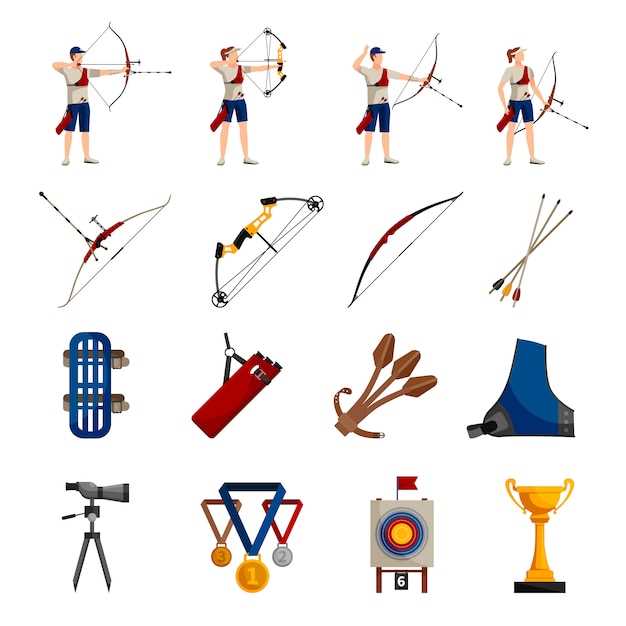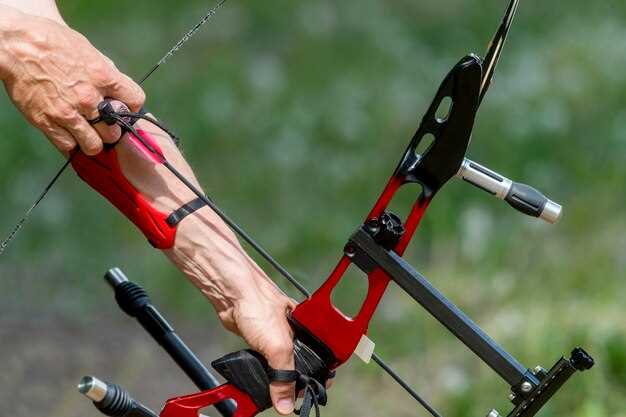
When it comes to archery, achieving the perfect shot involves a combination of skill, practice, and the right equipment. One crucial component that often goes overlooked is the bow stabilizer. A well-chosen stabilizer can significantly improve your shooting experience by enhancing the balance of your bow. Understanding how different types of stabilizers affect your performance can lead you to make an informed decision that ultimately boosts your accuracy.
Bow stabilizers are designed to add weight and counterbalance your bow’s natural tendency to tilt or shake during the draw and release phases. A balanced bow helps archers maintain steadiness while aiming, which is essential for hitting your target consistently. Different stabilizers come with various lengths, weights, and configurations, each offering unique benefits and challenges. This guide will navigate you through the essential features to consider when selecting the best stabilizer tailored to your needs.
Whether you’re a seasoned archer or a beginner, knowing what to look for in a stabilizer will elevate your archery game. In the following sections, we will explore the factors that contribute to a stabilizer’s effectiveness, including its design, material, and compatibility with your bow setup. Get ready to equip yourself with the knowledge that will help you find the perfect match for achieving optimal balance and precision in your shots.
Understanding the Impact of Stabilizer Length on Bow Balance

The length of a stabilizer plays a crucial role in achieving optimal bow balance during the shooting process. A longer stabilizer typically provides enhanced stability by extending the center of mass further from the bow’s riser. This increased distance helps to counteract torque generated during the shot, facilitating improved accuracy and consistency.
When considering a shorter stabilizer, shooters may experience a quicker maneuverability, which can be advantageous in dynamic shooting scenarios. However, this shorter length might compromise overall stability, especially in windy conditions or during longer-range shots. A well-balanced bow ensures that the archer can maintain focus on the target without being distracted by excessive movement.
Different stabilizer lengths influence how the bow behaves when at full draw. For instance, a longer stabilizer allows for a more planted feeling, reducing the bow’s tendency to drop after the release of the arrow. In contrast, shorter stabilizers can make the bow feel lighter and more responsive, but may necessitate more effort from the archer to keep it steady.
A comprehensive understanding of stabilizer length is essential for archers to tailor their equipment to their shooting style and preferences. Finding the right balance is not merely about choosing a longer or shorter stabilizer; it requires evaluating the specific conditions and intended use. Testing various lengths can provide valuable insights into how each option affects overall bow performance and balance during archery.
Choosing the Right Weight for Optimal Stability in Different Conditions
When selecting a bow stabilizer, one of the most crucial factors to consider is weight. The stabilizer’s weight impacts the overall balance of your bow, which can significantly affect your shooting performance. Understanding how the weight of your stabilizer interacts with various environmental conditions can help you make an informed decision.
In general, a heavier stabilizer provides more stability, especially in windy conditions or during prolonged aiming. The added weight helps to reduce bow torque and minimize vibrations, ensuring a steadier shot. However, the right weight can vary depending on personal preference, shooting style, and specific conditions you may encounter.
For instance, if you primarily shoot in windy environments, opting for a heavier stabilizer can be beneficial. This added weight counters the effects of wind, allowing for a more stable aim. Conversely, in static settings or indoor ranges, a lighter stabilizer might suffice, as less weight allows for quicker adjustments and easier maneuverability.
Additionally, consider your bow setup and draw weight. A lighter bow might benefit from a heavier stabilizer to enhance balance, while a heavier bow could achieve optimal stability with a moderately weighted stabilizer. It’s essential to find a harmonious balance between the bow’s weight and the stabilizer to maximize your shooting potential.
Finally, experimenting with different weights is advisable. Testing various stabilizers in real-world conditions will help you determine which weight feels best for your shooting style and environment. Finding the right balance between weight and stability can significantly enhance your accuracy and overall performance in archery.
How Material Composition Affects Performance and Vibration Dampening

The choice of material in bow stabilizers significantly impacts their performance and vibration dampening capabilities. Various materials, including aluminum, carbon fiber, and rubber, offer unique advantages and disadvantages that can influence bow handling and shot accuracy.
Aluminum stabilizers are known for their durability and strength. They provide a solid frame that effectively minimizes vibration during shooting. However, while aluminum can endure rough handling, it may not absorb vibrations as effectively as other materials, leading to more felt vibrations in the bow hand post-shot.
Carbon fiber, on the other hand, has gained popularity among archers for its exceptional stiffness-to-weight ratio. It is lightweight, contributing to better balance without adding excessive weight to the bow. Carbon fiber stabilizers are also adept at absorbing vibrations, which helps enhance comfort during prolonged shooting sessions. The combination of light weight and effective vibration dampening makes carbon fiber an excellent choice for serious archers.
Rubber components, often integrated into stabilizers, play a crucial role in vibration dampening. Rubber’s inherent ability to absorb shock reduces noise and minimizes hand shock following the shot, making it advantageous for hunters who require stealth. The presence of rubber can transform a standard stabilizer into a more efficient tool for achieving smooth shots.
Ultimately, the material composition of a bow stabilizer influences not only its performance but also how it interacts with the archer’s shooting style. Archers must consider their needs, such as weight considerations and the level of vibration dampening required, to select the ideal stabilizer for optimal performance on the range or in the field.



